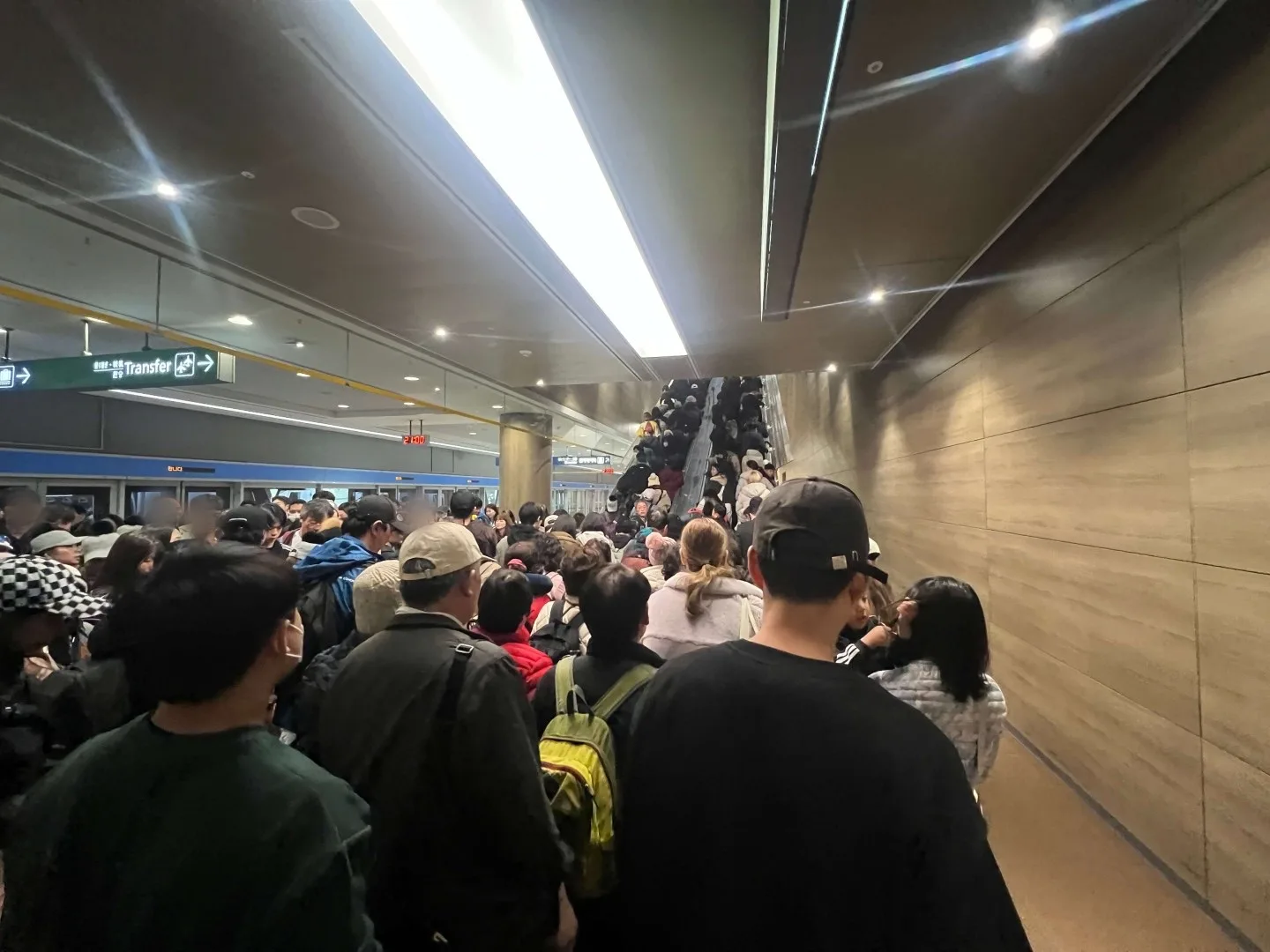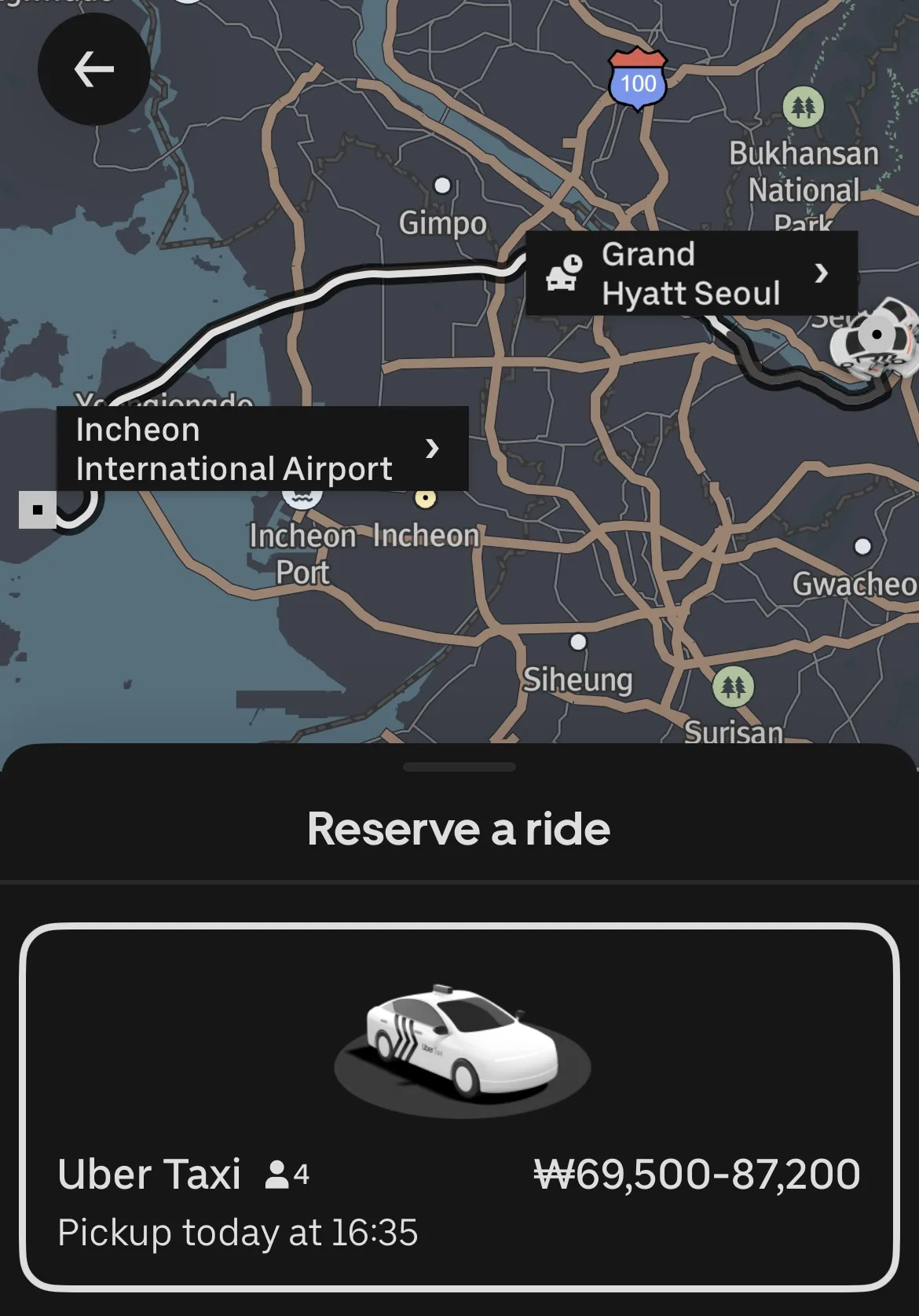As of February 24, 2025, South Korea has officially introduced the e-Arrival Card, a digital entry requirement that replaces the long-standing paper-based declaration form.
This move is part of the country’s efforts to modernize its immigration process, reduce paperwork, and improve efficiency at border control.
Travellers can now submit their e-Arrival Card online before entering South Korea, streamlining the entry process.
While the paper version remains available during the transition period until December 31, 2025, the e-Arrival Card will be the only accepted method starting in 2026.
Who Needs to Submit the e-Arrival Card?
The e-Arrival Card is mandatory for most foreign visitors, but there are some exceptions. Travellers exempt from this requirement include:
- Registered residents of South Korea, including Permanent Resident Card and Overseas Korean Resident Card holders
- Holders of a valid Korea Electronic Travel Authorization (K-ETA)
- Airline crew members
For everyone else, this digital declaration can be submitted online starting 72 hours before arrival, replacing the need to fill out a paper form at immigration.
Although the paper form is still being accepted during the transition period, travellers are encouraged to switch to the digital system as soon as possible to avoid delays or complications. By 2026, the online submission will be the only option, meaning travellers will no longer be able to fill out a paper form upon arrival.
Why Has South Korea Implemented the e-Arrival Card?
The e-Arrival Card is designed to make travel more efficient by reducing congestion at airports and allowing immigration officers to pre-screen arrivals before they land.
The shift to digital processing is expected to improve the flow of travellers, making entry faster and more convenient.
During my recent arrival at Incheon International Airport (ICN), the experience was far from seamless.
The customs area was already crowded, and having to fill out a paper arrival card while border officers manually reviewed each one only added to the delay.

The entire process felt outdated, particularly when many other countries have already transitioned to digital systems.
With the e-Arrival Card now in place, this transition should help alleviate bottlenecks at immigration and provide a smoother, more convenient entry process for visitors.
How to Apply for South Korea’s e-Arrival Card
The process is simple and entirely free of charge. Here’s a step-by-step guide:
- Visit the official portal (e-arrivalcard.go.kr)
- Accept the Terms & Conditions (Minors under 14 require a guardian to submit the form on their behalf)
- Upload a copy of your passport (OCR technology will automatically extract details from the document)
- Enter essential travel details, including the arrival and departure dates, flight or ship details, purpose of visit, and accommodation address with contact information.
- Submit the form (No approval process required—once submitted, you’re good to go.)
Important Rules and Deadlines
Now that the e-Arrival Card is in effect, travellers should be aware of a few key requirements.
The form must be submitted within 72 hours prior to arrival, ensuring immigration officers have the most up-to-date information. Once issued, the e-Arrival Card remains valid for 72 hours, meaning travellers who arrive later than this window will need to submit a new form.
Unlike a visa, this process is completely free and does not require any approval. A single submission can cover up to nine travellers, making it convenient for families or groups visiting South Korea together.
If any travel details change after the form has been submitted, the information can be updated directly on the e-Arrival Card portal before arrival.
A Few Quick Korea Travel Tips
Navigating South Korea can be a bit tedious if you’re not prepared with the right tools.
While the country has an efficient transportation system and plenty of modern conveniences, first-time visitors might find some differences compared to other destinations.
Here are a few essentials that will make your trip much smoother.
Ditch Google Maps – Use Naver Map or KakaoMap
One of the first things you’ll need is a reliable map app. Due to government restrictions on mapping data, Google Maps does not work well in South Korea. (AirTags also don’t work here, so don’t rely on them for tracking your luggages!)
Instead, locals rely on Naver Map or KakaoMap for accurate directions, public transit routes, and retail store information. Both apps offer English support, but in my experience, Naver Map is the better option for non-Korean speakers.
Uber Now Works in South Korea
For getting around, Uber is available in South Korea, but it operates differently than in many other countries. The app connects users with official taxi drivers rather than private rides, as individual ride-hailing is still not permitted in South Korea.

While Uber provides a convenient way to book cabs and make a payment within the app using a credit card, you may have trouble finding a ride late at night, especially during peak hours.
Try MobiMatter Over Airalo
Staying connected is another essential part of travel, but eSIM options can be expensive. Many travellers default to Airalo, but their plans for South Korea start at $46.50 CAD, which isn’t the most budget-friendly option.

A better alternative is MobiMatter, which offers more affordable data plans without sacrificing quality.
While they don’t provide unlimited data, the speeds are fast enough for most travellers, and I personally had no issues during my stay, with a solid download speed of 41 Mbps. (For transparency, we’re not affiliated with MobiMatter—just sharing a good find.)

If you’re looking for the best hotels in Seoul, our Prince Collection team can help you book luxury stays with exclusive perks.
One of my personal favourites is Grand Hyatt Seoul, which offers stunning views of the city or Namsan mountain, excellent amenities, and a great executive lounge.

By booking through Hyatt Privé with Prince of Travel, you can enjoy extra benefits at no additional cost, including:
- Daily breakfast for two guests
- One-category room upgrade at time of booking (subject to availability)
- Early check-in and late check-out, subject to availability
- $100 (USD) property credit (benefit may vary by hotel)
- Welcome gift and letter
Book Luxury Hotels with Prince Collection
Conclusion
With the e-Arrival Card now in effect, South Korea is moving toward a more modern and efficient border control system. While paper forms will still be accepted until the end of 2025, the digital system will become fully mandatory in 2026.
For travellers, this means faster processing, less paperwork, and a smoother arrival experience in one of Asia’s most visited destinations.
If you’re planning a trip to South Korea, make sure to submit your e-Arrival Card before departure to avoid delays and enjoy a hassle-free entry.



















